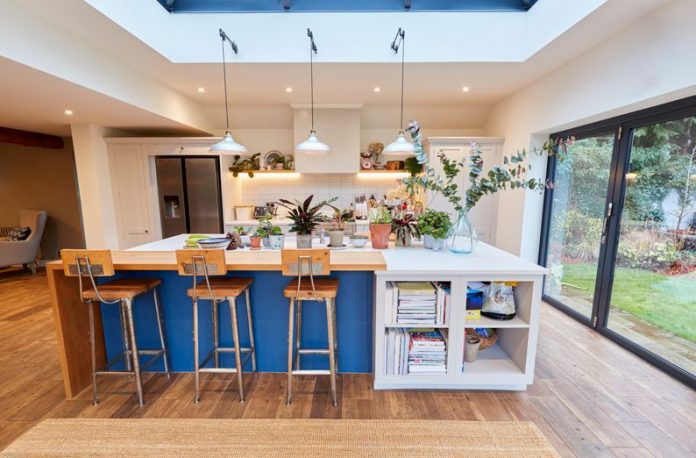Every room in your home can benefit from the addition of a houseplant or two. Not only are plants good for the air in your home, but they also soften the hard lines of furnishings and bring a feeling of life into the home.
Many people purchase plants from the store or nursery, place it in a pot, and water it once a week. Perhaps you have done this and are discouraged by poor growth or dying plants. What can you do to develop a green thumb?
Quite often it is a simple matter of improper potting which leads to problems of over-watering or limited growth. Before you bring your next plant home consider these three steps for potting beautiful, long-lasting houseplants.
PROPER DRAINAGE
Potted plants do not have the benefit of natural soil drainage that occurs in their native habitat. Because of this plants can easily become waterlogged which leads to root rot. When roots rot and can no longer take nutrients from the soil the plant will develop limp leaves and yellowed tips.
Part of the solution is providing proper drainage for your plants. If you are using a pot with drainage holes you will need to place a dish under it to catch the excess water. If you are planting in a pot with no holes put a level of gravel in the bottom where water can drain and be used by the plant as needed.
Allowing soil to dry out between waterings is better than over-watering. Check the soil by inserting your finger at least one inch into the soil. You can also look for the soil to pull away from the sides of the pot or look dry on the surface. If water is accumulating in the drainage dish and not reabsorbing you need to dump the excess water out.
PROPER SOIL
Houseplants require different soil than outdoor plants. A lighter, rich soil should be used and can be purchased at your local nursery or where you buy plants. If it is not identified on the package ask an attendant to help you find the right one.
Along with allowing for proper drainage this lighter soil has the right balance of fertilizer for your houseplants. You will need to choose soil based on whether you have flowering or non-flowing plants.
SIZE AND STYLE
Planting your houseplant in a pot that is too small will restrict the roots and stunt the growth of your plant. Choose a pot that gives ample room for roots to spread as well as space for water to accumulate without rotting the roots.
As for the appearance of the pot, select one that is proportionate to the size of the plant so it does not look overwhelmed. The material of your pot is also important since natural materials like clay will absorb water from the soil. This can damage carpets or furnishings when it is in contact with these surfaces. It will also mean more watering since the water will evaporate through the pot.
Choosing glazed, metal, or plastic pots will reduce watering needs but will also require more diligence to check the soil is dry between waterings to avoid over-watering.
You will cultivate beautiful and long-lasting plants by taking time to pot them properly as soon as you bring them home.
Sunday, December 15, 2024
© ezilon infobase

